
On 16th May 2019, over 500 government officials and industry leaders across the world gathered for a discussion on digital transformation in the public sector and financial services institutions (FSI). Taking place at Marina Bay Sands Singapore, this year marks the 5th Annual Singapore OpenGov Leadership Forum.
The day was filled with stimulating round-table discussions as well as innovative gamification methods, engaging panels and insightful talks by local and international leaders in public sector ICT.
The day was divided into 2 major sessions. The morning plenary has focussed talks from international speakers, , four rounds of OpenGov Gamification Table (OGT) discussions and a panel. Coverage of the Keynote Presentations can be found here.
The post-plenary afternoon session had delegates separate in one of four tracks of their choosing. Coverage of Track 2, Track 3, and Track 4 can be found by clicking on the individual tracks.
Track 1: AI & Predictive Analytics
During the first track, AI & Predictive Analytics, the focus was on spurring organisations’ capabilities in Augmented Intelligence and Big Data. Eight well known experts shared their insights.
Nana Liu, Assistant Professor, John Hopcroft Center for Computer Science at Shanghai Jiao Tong University, started the session by discussing the current developments in the field of quantum computing as well as its future.
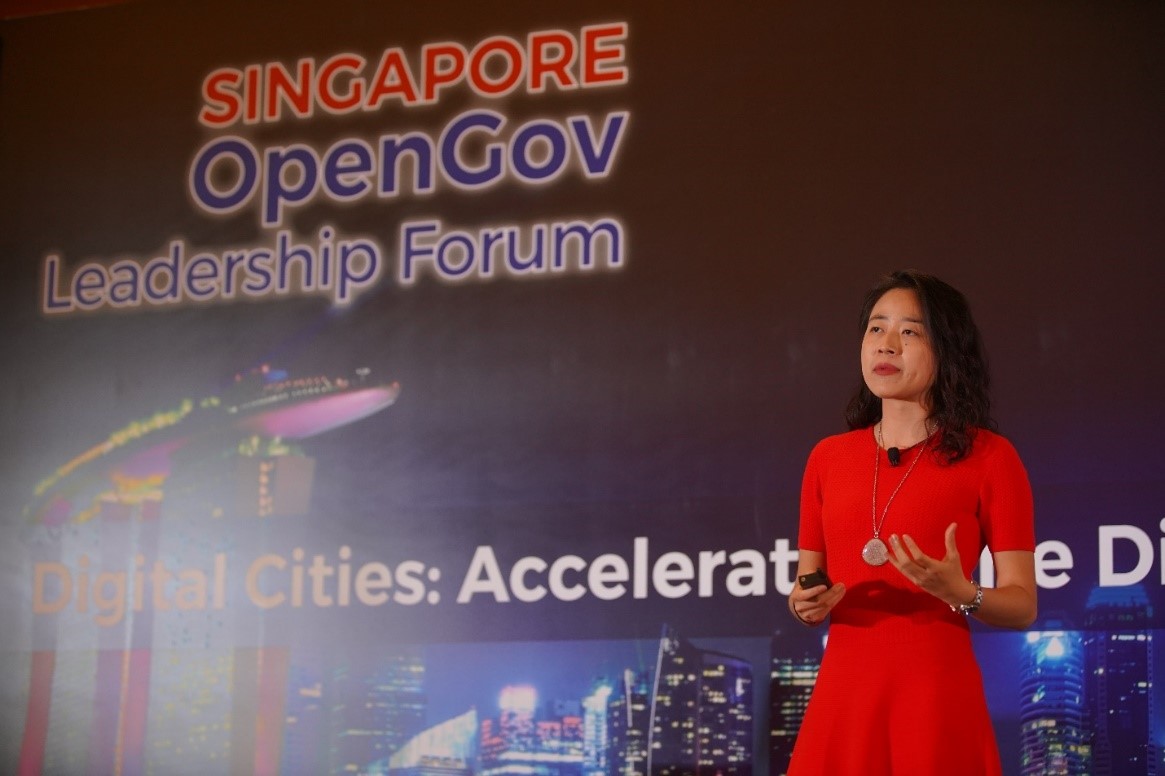
Quantum algorithms could be more powerful than classical computers .
According to Nana, quantum algorithms have the potential to be more powerful than classical computers.
While classical computers can be used to simulate what happens on a quantum computer, they take longer to process data.
She also shared both the hardware and software challenges of quantum computing including difficulty in error-correction, debugging and algorithm design.
For Nana, quantum computing is the future.
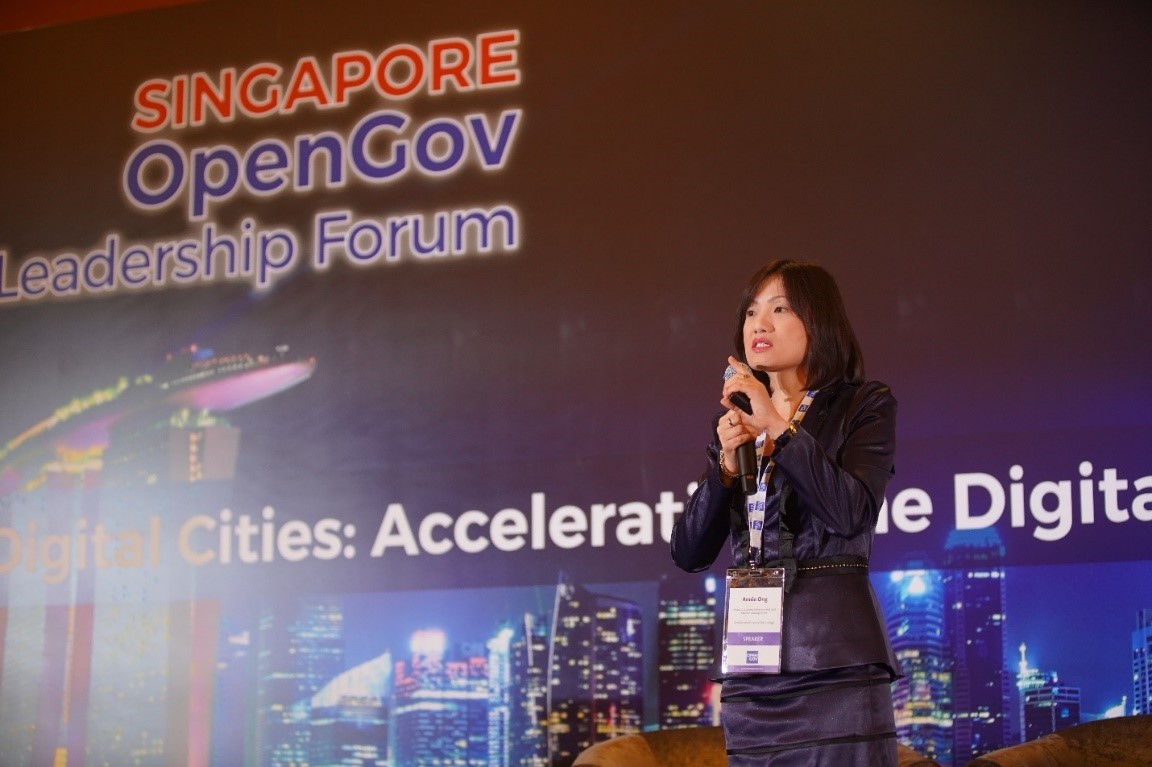
Annie Ong, Head of Business Development and Product Management at OneConnect Financial Technology spoke about Improving citizens’ life via AI.
While AI can definitely contribute to ease and quality of life of citizens, there are challenges in AI adoption and roll out.
She listed the various difficulties communities are facing currently with regards to AI implementation and some of the solution journeys.
She shared the example of Ping An Good Doctor, which deals with long queue times for doctor consultation. Online consultation that addresses more simple issues make face-to-face consultation unnecessary. This reduces footfall at the doctor’s, consequently, reducing the queue time. Technology is also being leveraged to aid diagnosis and deliver medication.

Anshu Raj, Head of Aviva Quantum Asia, Aviva, discussed how the accelerated use of data science can guide business value.
He talked about key trends in AI including natural learning processing, reinforcement learning and privacy and data ownership. His main focus was the importance of ethics in AI.
Among those, he reinforced the importance of ethics in AI, which includes finding the balance of using the right technology and management of ownership of data.
In the insurance industry, the underwriting process is considered very technical and takes a lot of time. To improve the customers’ experience and provide a faster decision-making process, AI is used to shorten the process into three steps.
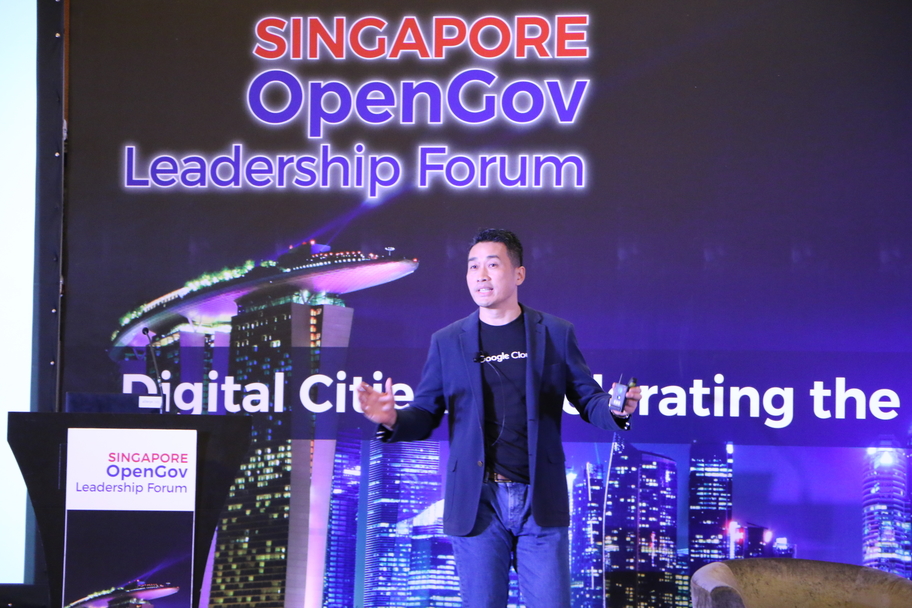
Dambo Ren, Customer Engineer, Public Sector at Google Cloud Platform, shared how AI can be made accessible to everyone.
He felt that AI should and could be made available to a far wider audience and applications.
Although there are not many deep learning researchers, it does not stop one from using it to transform work processes.
He discussed some of the ways AI can be made available to everyone by providing AutoML and vertical industry AI solutions.
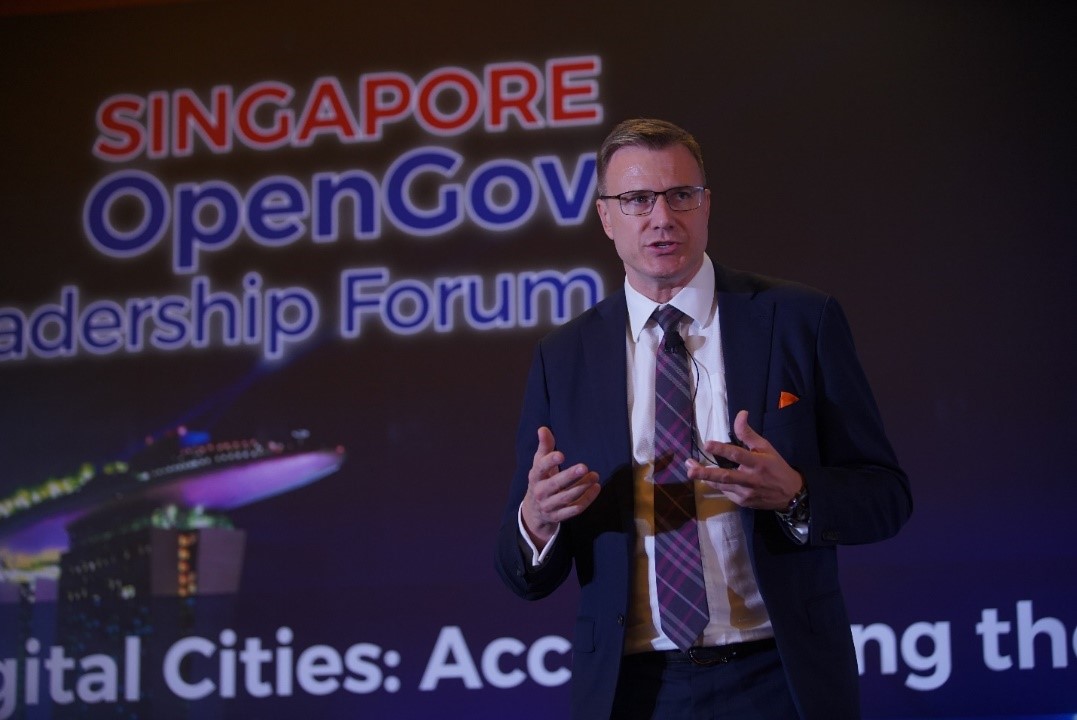
Matthew Oostveen, Chief Technology Officer at Pure Storage, spoke about how AI can transform the safety of smart cities.
A key challenge faced by several countries is ageing infrastructure. The conventional process needs many engineers during the inspection process, but they are unable to inspect every spot.
The use of AI simplifies this process and increase its effectiveness.
He encouraged people to look at other industries for ideas and create personalised outcomes. AI infrastructure should be deployed based on the respective tasks and not blindly because others are using the same system.
Creativity is the key to solutions – combing technologies to create new outcomes. Further, simplicity is the easy and quick way to demonstrate value.
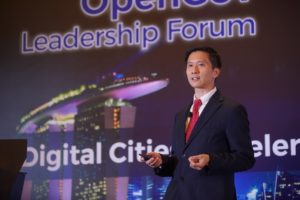
Ngiam Kee Yuan, Group Chief Technology Officer at National University Health System shared about the need for governing data properly.
“We can have tons of data, the best talents and hardware but if it is not governed properly, people will lose faith in the processes and stop using the data,” said Dr Ngiam.
Dr Ngiam Kee Yuan, Group Chief Technology Officer at National University Health System, shared how AI can be applied in the healthcare industry.
He noted that healthcare is now moving from electronic medical records to using AI to analyse data, and doctors will become interpreters of data.
But there are also challenges in implementing AI in healthcare. They include irregularity in data, alignment to international standards, getting data in a single place and finding the right balance between what we want to do and what is economical to do on a large-scale basis. In addition, he stressed the importance of security and governance.

Chris Tan, Senior Enterprise Account Manager North Asia & Southeast Asia, Alteryx, discussed how we can unify the analytics experience and achieve faster insights.
He shared the current reality of data and analytics in most organisations – the challenge in people, process and technology.
Analysts spend most of their time finding data before going into analysis, but this process can be streamlined into a single governed, collaborative and scalable enterprise analytics solution.

Richard Walker, Senior Vice President of Sales NA & APAC at Denodo Technologies, underlined the importance of big data fabric and AI to boost analytics real-time and business performance.
He shared what big data fabric is and its value. He also discussed how cost-based optimisation algorithms and intelligent query optimisation engines can help in delivering real-time performance innovations.

Panel Session – Accelerating Digital Transformation Through AI and Deep Learning
A panel discussion on ‘Accelerating Digital Transformation Through AI and Deep Learning’ was held at the end to underline the importance of AI, the future of deep learning and how to convince people to adopt these technologies.
“Where is deep learning leading us?” was the first question posed by Mohit to the panellists.
Shaowen Ma, Switching Director (APAC), Mellanox Technologies, mentioned that technologies are already moving towards the stage of self-learning. Not only does it recognise patterns, but it can teach themselves programming and pattern recognition at a high speed.
However, technology is not meant to replace humans. Tamsin Greulich-Smith, Chief, Smart Health Leadership Centre, Institute of Systems Science, National University of Singapore (NUS), pointed out that we should be looking at how technology can be used to address manpower gaps by augmenting it.
Susan Middleditch, Deputy Secretary, Corporate and Regulatory Services, Victoria Police and Jennifer Doherty, Head of Innovation – Asia, Global Liquidity and Cash Management, HSBC converge on the point of empathy. Susan highlighted that empathy cannot be built into computers while Jennifer added that empathy has often been overlooked.
In conclusion, the panel session emphasised that it is imperative to adopt technology with the purpose of solving a problem. The key is placing human beings at the centre of the solution – everything else will fall into place.
















